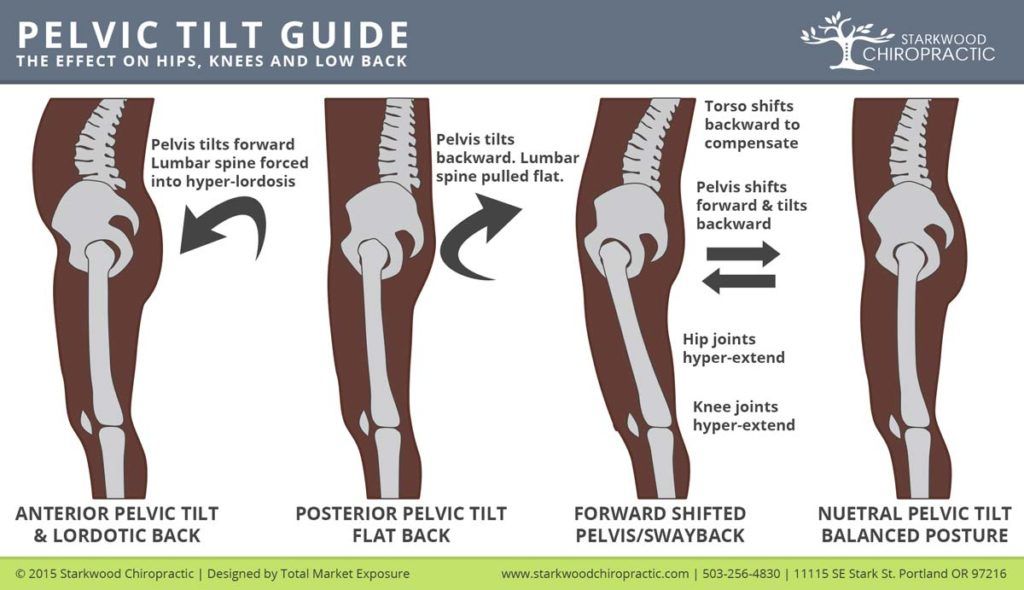Imagine this: you’re standing in line at the grocery store, and a sudden, sharp pain shoots through your lower back. You try to shift your weight, but the pain persists. You reach down to grab a bag of chips, and a wave of discomfort washes over you. Sound familiar? This scenario is all too common for many, and the culprit might be hiding in an unexpected place: your pelvic floor.

Image: alphaonephysio.ca
While the pelvic floor might sound like a distant anatomical mystery, it plays a crucial role in your overall health and well-being, including the health of your back. This network of muscles supports your bladder, bowel, and uterus, and when it weakens, it can trigger a cascade of problems, including back pain.
Understanding the Pelvic Floor
The pelvic floor is a hammock-like structure of muscles, ligaments, and fascia that forms the base of your pelvis. It extends from your pubic bone to your tailbone and stretches across the base of your hips. This muscle group is vital for supporting your internal organs, maintaining continence, and regulating bowel function.
The pelvic floor is like a scaffolding that holds everything in place. When these muscles are healthy and strong, they work seamlessly, offering vital support for your bladder, bowel, and uterus. But just as a building needs its supporting columns to remain upright, our bodies need a strong pelvic floor to function optimally.
The Connection Between a Weak Pelvic Floor and Back Pain
The connection between a weak pelvic floor and back pain might seem indirect, but the impact is significant. Here’s how it works:
1. Altered Posture and Spinal Alignment
A weak pelvic floor can lead to poor posture and spinal misalignment. When these muscles are not functioning optimally, they can’t adequately support your pelvis and lower back, resulting in an uneven distribution of weight. This creates stress on the spine, leading to discomfort and pain, particularly in the lower back.

Image: www.starkwoodchiropractic.com
2. Increased Pelvic Tilt
A weakened pelvic floor can contribute to an anterior pelvic tilt, where the pelvis tilts forward. This tilt puts additional strain on the lower back muscles, which can lead to pain, stiffness, and discomfort.
3. Muscle Imbalances
A weak pelvic floor disrupts the delicate balance of muscles in your core and back. This can create muscle imbalances, where some muscles are overworked while others become weakened, further contributing to back pain.
4. Referred Pain
The pelvic floor and lower back are closely connected, and pain originating from one area can be referred to the other. When your pelvic floor muscles are strained or weak, they can send pain signals to your lower back, even if the source of the pain is the pelvic floor itself.
Common Causes of a Weak Pelvic Floor
While a weak pelvic floor can be a contributing factor to back pain, it is important to understand the underlying causes of this muscle weakness.
Pregnancy and Childbirth
Pregnancy and childbirth place significant strain on the pelvic floor muscles. The weight of the growing baby, the pressure of labor, and the stretching and tearing that can occur during delivery can all weaken these muscles.
Age
As we age, our muscles tend to weaken, and the pelvic floor is no exception. This natural aging process can contribute to muscle weakness and decreased support for the pelvic organs.
Chronic Conditions
Conditions like obesity, chronic constipation, and pelvic organ prolapse can all put added stress on the pelvic floor, weakening it over time.
Seeking Professional Guidance
If you suspect that a weak pelvic floor might be contributing to your back pain, it’s crucial to consult with a qualified healthcare professional. A pelvic floor physical therapist can assess the strength and function of your pelvic floor muscles, identify potential contributing factors, and develop a personalized treatment plan to address the root cause of your back pain.
Your physical therapist might recommend various exercises to strengthen your pelvic floor muscles, including Kegel exercises, which target the muscles responsible for bladder and bowel control. Additionally, they might incorporate techniques such as manual therapy, biofeedback, and electrical stimulation to assist in strengthening and improving muscle function.
Can Weak Pelvic Floor Cause Back Pain
Empowering Your Back Pain Solution
Taking care of your pelvic floor is a proactive approach to managing back pain and improving your overall health. By understanding the connection between a weak pelvic floor and back pain, you can empower yourself to make informed decisions about your well-being.
Remember, if you are experiencing persistent back pain, it is crucial to seek professional guidance. A qualified healthcare professional can assess your symptoms and help you develop a personalized treatment plan that addresses the underlying causes of your pain.
This article is for informational purposes only and should not be considered medical advice. It is essential to consult with your healthcare provider before making any decisions about your health or treatment.






